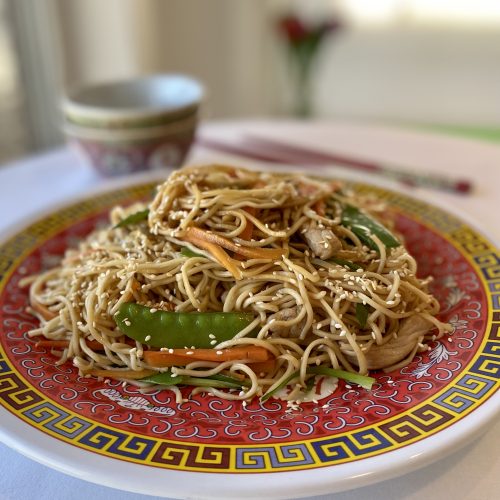
Most of us are eating too much sodium, which can lead to hypertension (high blood pressure). In fact, the average adult has a 90% chance of developing hypertension which is itself the number one risk factor for stroke and a major risk factor for heart disease. Swapping out the sodium can help.
I had a chance to chat with Shelley Martin, President and CEO of Nestlé Canada who recently announced that the company has achieved a 10% reduction in sodium across its product portfolio (by volume) such as pizzas and frozen meals. “We want to support people in the foods they love to eat by making them as great tasting and nutritious as they can be,” said Martin. For some products, the sodium content was simply reduced, while for other products, the spice mix was also tweaked.
I applaud food industry initiatives like this to help Canadians eat better. Your own habits can also make a big difference. Here’s what you can do at home, at the grocery store, and when eating out:
1. Cook from scratch. Dig out your apron and make a delicious meal from scratch using fresh, wholesome ingredients. If a recipe calls for salt, consider using less.
2. Play with herbs, spices and citrus. Basil pairs perfectly with tomatoes and pasta. Curry adds a hint of heat to meat, poultry, soups and stews. A little bit of garlic and onion goes a long way. And a splash of fresh lemon or lime juice instantly perks up any dish!
3. Rinse canned beans. I love cooking with canned beans because they’re super convenient and easy on the budget. A quick rinse helps to wash away some of the sodium that may have been added.
4. Go easy on the bottled sauces such as ketchup, BBQ sauce and soy sauce. I grew up on Chinese food, so soy sauce, hoisin sauce and oyster sauce were our go-to flavourings. Today, lower sodium soy sauce is our pantry staple. Sometimes, I dilute the sauces with water too.
5. Read and compare food labels. Choose the brands that have less sodium. From canned fish to frozen entrées to pasta sauces – you may be surprised to see the range of sodium found in different foods!
6. Order smaller portions when eating out. Just think – if you split an entrée with a friend, then you’re also splitting the calories and sodium content. It’s win-win. Ask for sauces and dressings on the side too if possible.
7. Give your taste buds a chance to adjust. We all need some sodium for good health. The idea is to gradually swap out the sodium so in time, you’ll retrain your taste buds and savour the wonderful flavours that food has to offer. Your heart will thank you!




